Oil
Type of resources
Topics
Keywords
Contact for the resource
Provided by
Years
Formats
Representation types
Update frequencies
Scale
-
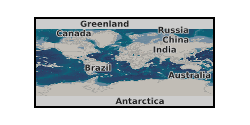
The M2M Thematic Programme funded 17 scientific investigation projects leading to more unified physical understanding of fluid flow distributions in heterogeneous rock. The programme focused on developing an understanding of the relationships between measured and modelled subsurface fluid flows spanning the range of spatial and temporal scales relevant to fluid resource management. The programme was motivated by the growing recognition that assumptions of uniformity at certain scales are inadequate for extrapolating fluid behaviour both in time and space. Research spanning a wide spectrum of observation and simulation scales was undertaken by the programme which can be divided into four themes: (1) understanding the natural processes which lead to scaling relationships between size and magnitude of rock and flow heterogeneity; (2) quantification of essential fluid flow properties and their spatial pattern from measurements;(3) identification of appropriate statistical models and scaling laws describing rock property heterogeneity and fluid-rock interactions in geological media;(4) understanding the relationships between rock property distributions and flow model parameter distributions.
-
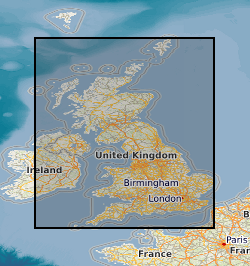
The Index to the Primary Geological Data resulting from Open Cast Coal exploration. The index lists the content of the boxes of data, including reports, interpretations and records of research in British coalfield areas. The Index lists information on past and current workings and for future prospects. The majority of the collection was deposited with the National Geological Records Centre by the Coal Authority in July 2001, but a small number of BGS records have been added subsequently.
-

The North Sea Interactive (NSI) project was an 8-month NERC funded project led by Heriot-Watt University, in collaboration with the BGS and NOC. The aim of the project was to develop a new decision-support tool that would translate existing marine environmental data into an interactive mapping product for the offshore oil and gas industry. The objectives of the project were achieved through the integration of the North Sea Benthos database (UKBenthos) with NERC's regional North Sea marine sediment data (BGS) and layers of modelled hydrodynamics (NOC). Aligning the biological, chemical, geological and hydrodynamic datasets in a single GIS product provides the oil industry and government regulators with a practical means of accessing this important archive of environmental data. The North Sea Benthos database (UKBenthos) was developed by Heriot-Watt University on behalf of UKOOA (now Oil and Gas UK) in the 1980s. Alongside macrobenthos, the database includes sediment properties, concentrations of aromatic compounds, total oil and metals. It currently includes data from 1975 to 2011 from 237 platforms and is continually being updated as new survey results are received by Oil and Gas UK.
-
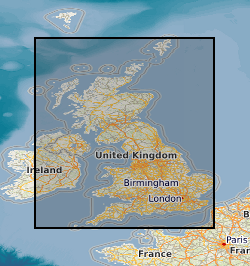
Collection of reports, interpretations and records of research in British coalfield areas deposited by British Coal. Data for past and current collieries and for future prospects. Some 1000 linear feet (300m) of data. Information within the reports date from the 19th Century up to the present day.
-
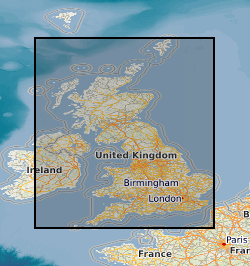
Scanned images of primary Geological Data resulting from deep underground coal exploration and exploitation. Collection of data includes reports, interpretations and records of research in British coalfield areas deposited by the Coal Authority. Data for past and current collieries and for future prospects. The majority of the collection was deposited with the National Geological Records Centre by the Coal Authority in July 2001. The collection includes borehole site plans, borehole logs , analyses and geophysical data etc. A large percentage of this data will eventually be linked to existing collections.
-
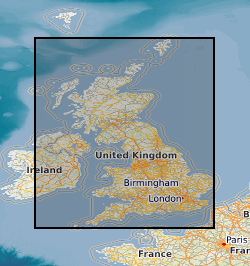
[This metadata record has been superseded, see http://data.bgs.ac.uk/id/dataHolding/13480158] The BGS collection of paper and sepia geophysical logs from boreholes drilled by BGS and external organisations. The majority of the collection are in hard copy , but significant numbers are now available digitally. Covering the UK mainland and offshore from 1949 onwards. the commercial logs are mainly related to hydrocarbon , coal exploration or water wells. The collection covers Great Britain and the types of logs and the scales used will vary depending on the equipment available and the use of the data.
-
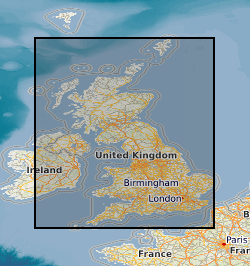
Index, set up in 1998, to the archive collection of reports, notebooks interpretations, plans and other geological or related data received from external organisations that are not part of other collections. These cover a wide variety of different types and ages of information mainly from Great Britain but some related to BGS projects overseas.
-
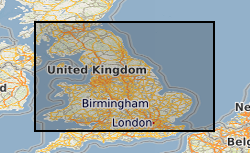
Data resulting from deep underground coal exploration and exploitation. Collection of data, dating back to the 18th century, includes reports, interpretations and records of research in all British coalfield areas deposited by the British Coal Corporation. Data for past and current collieries and for future prospects. The majority of the collection was deposited with the National Geological Records Centre in July 2001. The collection includes borehole site plans, borehole logs , analyses and geophysical data etc. Records were selected for retention by British Coal Surveyors and BGS.
-
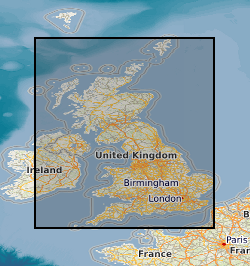
High level index to the contents of the boxes of Primary Geological Data resulting from deep underground coal exploration and exploitation in Great Britain donated by the Coal Authority in July 2001. Data for past and current collieries and for future prospects including borehole site plans, borehole logs , analyses and geophysical data etc. This index will diminish in importance as these data are merged with existing collections.
-
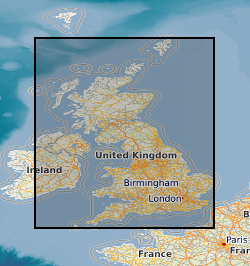
Collection of reports, notebooks interpretations, plans and other data for Great Britain received from external organisations that are not part of other collections. Covers a wide variety of topics that have been gathered over a variety of time scales.
 NERC Data Catalogue Service
NERC Data Catalogue Service